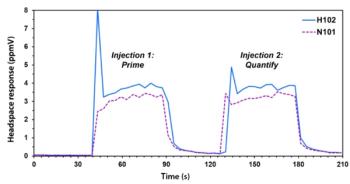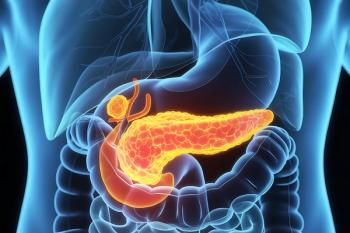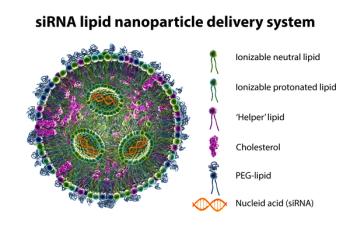
Inside the Laboratory: Mei Sun at the University of North Carolina, Charlotte
As part of our series on how North Carolina researchers are helping to combat PFAS in the environment, we asked Mei Sun of the University of North Carolina, Charlotte, about her work with the North Carolina PFAS Testing Network, what strategies show the most promise for large-scale environmental cleanup, and how regulations on PFAS are influencing research priorities and mitigation technologies.
The State of North Carolina is known for its beaches along the Atlantic coast, as well as its many top colleges and research universities. Much research is being conducted in the field of environmental analysis at these universities for several reasons. For one, environmental analysis is a hot topic in scientific circles, and as a result, the interest and funding is there for researchers to conduct their studies. For two, because North Carolina is a state that has a wide variety of landscapes, the state is known for its beautiful natural landscapes.
Currently, one of the biggest concerns among North Carolina researchers is the impact that per- and polyfluoroalkyl substances (PFAS) are having on the environment. This shared concern led to the creation of the North Carolina PFAS Testing Network, which is a consortium of researchers that are working collaboratively with one another to study and mitigate the effects of PFAS in North Carolina (1). As part of our exploration on PFAS, LCGC International is spotlighting the work of several researchers that are a part of the North Carolina PFAS Testing Network, and how their research is advancing environmental analysis.
PFAS have become a significant health concern not just for the environment, but also for human health (2–4). Some diseases, including cancer and liver damage, have been linked to PFAS exposure (4).
In this video interview, we sat down with Mei Sun, who is an associate professor at UNC Charlotte. Sun focuses much of her research on sustainable water treatment and reuse. Her work concentrates on the water-energy nexus, utilizing water chemistry, electrochemistry, catalytic chemistry, and biogeochemistry (5). She develops treatment technologies for emerging contaminants, studies their fate and transport in the environment, and advances remediation methods for contaminated subsurfaces (5).
As part of our series on how North Carolina researchers are helping to combat PFAS in the environment, we asked Sun about her work with the North Carolina PFAS Testing Network, what strategies show the most promise for large-scale environmental cleanup, and how regulations on PFAS are influencing research priorities and mitigation technologies.
Our interview with Sun is part of our exploration into how chromatography is helping to combat the growing PFAS problem in the environment. If you enjoyed our interview with Sun, you may like our interview with Lee Ferguson of Duke University, which is linked below.
References
- Wetzel, W. Previewing The Series on the North Carolina PFAST Network. LCGC International. Available at:
https://www.chromatographyonline.com/view/previewing-the-series-on-the-north-carolina-pfast-network (accessed 2025-03-11). - National Institute of Environmental Health Sciences. NIH.gov. Available at:
https://www.niehs.nih.gov/health/topics/agents/pfc (accessed 2025-03-11). - U.S. Environmental Protection Agency, PFAS Explained. EPA.gov. Available at:
https://www.epa.gov/pfas/pfas-explained (accessed 2025-03-11). - U.S. Department of Veterans Affairs, PFAS–Perfluoroalkyl and Polyfluoroalkyl Substances. VA.gov. Available at:
https://www.publichealth.va.gov/exposures/pfas.asp (accessed 2025-03-11). - University of North Carolina, Charlotte, Mei Sun Research Page. Charlotte.edu. Available at:
https://coefs.charlotte.edu/msun8/ (accessed 2025-03-11).
Newsletter
Join the global community of analytical scientists who trust LCGC for insights on the latest techniques, trends, and expert solutions in chromatography.





